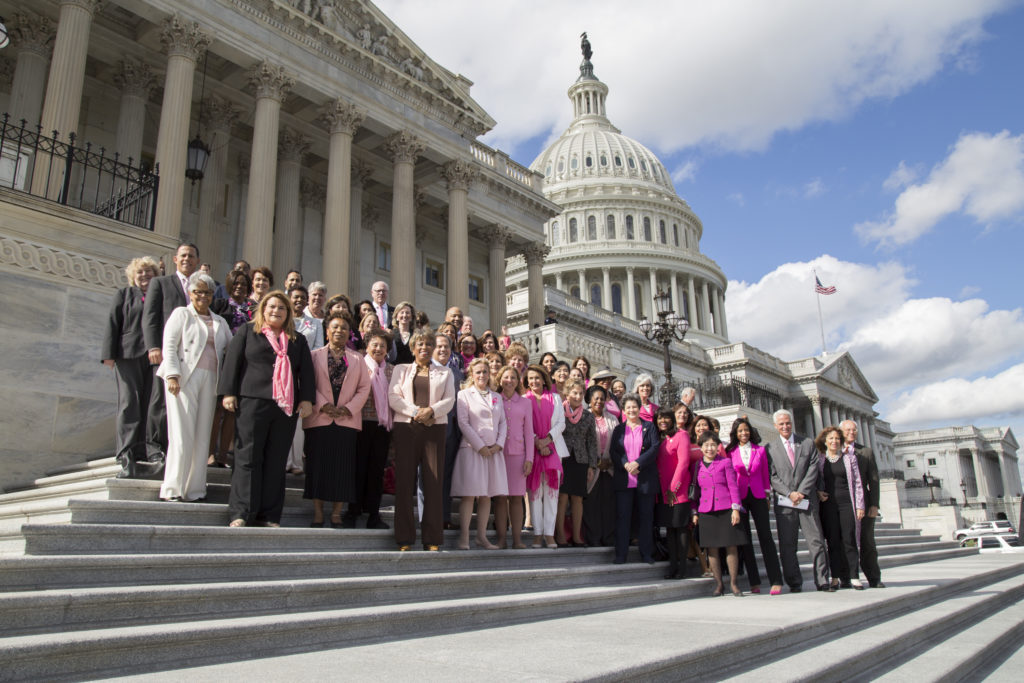Path to Parity: How Women Run and Win
This free reader distills Political Parity’s research on women candidates and elected officeholders, drawing on additional studies to illuminate issues and proffer strategies for overcoming barriers to political parity.

Introduction
Our nation is at a watershed for women in politics. As we put finishing touches on this report, a legion of women have stepped up to seek positions of power.
Over an eight-year span, through a series of quantitative and qualitative studies, Political Parity has analyzed avenues and obstacles for women’s advancement into highest level politics. But this year is different. For the first time, a U.S. senator has brought her brand-new baby to the Senate floor. A female has replaced a male senator who had to step down for sexual misconduct. In both major parties, a record number are setting their sights on House and Senate. With the surge of Democratic women into all levels of elective positions, media descriptions of a possible “women’s tsunami” have become common in daily public discourse. That said, of course, barriers remain daunting on the trail and in office.
Taken together, our findings become a fundamental resource for anyone concerned with women trailblazers in the current season and beyond. It’s vital to recognize what it takes to elect women, to understand how they govern, and to calculate how legislative bodies – and all of us – benefit from their presence.
The Political Parity Leadership Team, a diverse coalition of more than 50 women at the top of their fields, has been an indispensable element of our work. Mirroring our own partisan differences (one of us a Democratic-appointed US ambassador, the other a former Republican lieutenant governor), the members of this team work across the aisle – and beyond – to strategize and inspire candidates and their support teams. We’re proud of this founding group’s spectrum of expertise, backgrounds, and opinions. Despite conflicting theories of change, they share many common goals, including adding a boost to the momentum of women moving into high-level office.
With the job approval rating of Congress averaging below a paltry 17 percent, the camaraderie among our Leadership Team members is a much-needed source of optimism.
The research, analysis, and strategies presented in this reader will be equally useful in classrooms, church basements, and chambers of power. In these and other settings, we look forward to knowing you as one of today’s and tomorrow’s engaged and energetic problem-solvers.
With commitment to you and our shared vision of political parity,
Swanee Hunt and Kerry Healey
Co-Chairs, Political Parity
June 2018
***
For the latest on women running, visit:
WOMEN RULE Candidate Tracker
This interactive feature hosted by Politico is a collaboration between the Center for American Women and Politics at Rutgers and the Women in Public Service Project at The Wilson Center. It’s updated regularly with each primary election to reflect the number of women who have advanced to the November election.
